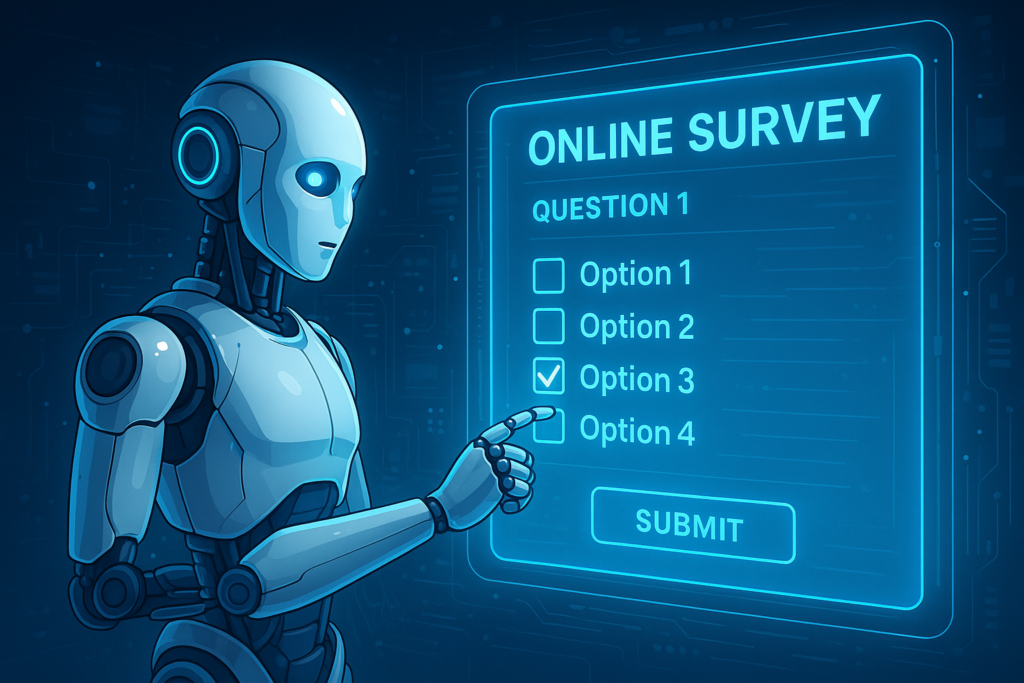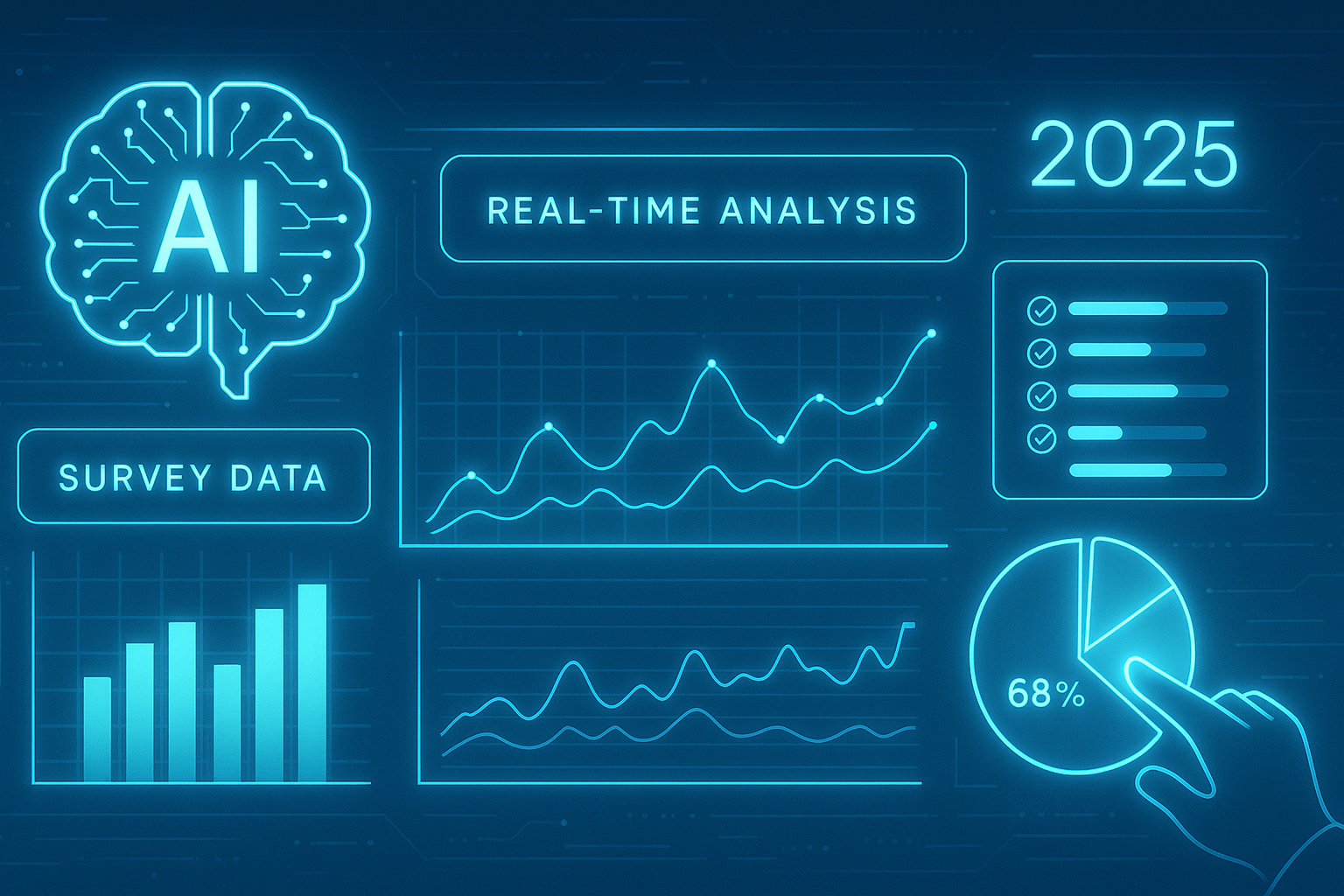
Surveys have come a long way from basic paper forms and manual data entry. In 2025, the evolution of survey automation is reshaping how businesses, educators, and researchers collect and act on feedback. Whether it’s AI-generated insights or voice-enabled polls, automation is saving time, improving accuracy, and personalizing user experiences like never before.
Let’s dive into the top trends shaping the future of survey automation in 2025.
🔁 1. AI-Powered Dynamic Questionnaires
One of the biggest trends is the rise of AI-driven surveys that adapt in real time. Platforms now use artificial intelligence to tailor follow-up questions based on previous answers.
Benefits:
- Reduces survey fatigue by showing only relevant questions.
- Improves completion rates.
- Enables more personalized data collection.
💡 Example: PollHit’s dynamic logic lets you skip irrelevant questions for better user experience. Try creating your own survey here.
🎤 2. Voice-Enabled Surveys
With smart assistants like Alexa and Google Assistant becoming household staples, voice surveys are gaining traction.
Where It’s Useful:
- Healthcare follow-ups
- Customer satisfaction calls
- Hands-free feedback in vehicles
📢 External Insight: Google Duplex shows how voice AI is entering mainstream services.
🔗 3. No-Code Survey Automation Tools
Platforms like Zapier, Make.com, and IFTTT allow users to automate survey workflows without coding.
Automations You Can Build:
- Send Google Forms responses directly to a CRM.
- Trigger email alerts for specific answers.
- Sync results to Google Sheets in real-time.
📊 4. Instant Dashboard & Report Generation
Gone are the days of manual data compilation. In 2025, survey platforms provide real-time dashboards that visualize trends the moment responses come in.
Common Visuals:
- Bar graphs for option popularity
- Heatmaps for customer satisfaction
- Word clouds for open-ended responses
📈 Try viewing real-time insights from PollHit’s trending polls.
🧠 5. Predictive Analytics with ML Algorithms
Machine learning (ML) is helping predict outcomes based on survey responses.
Applications:
- HR teams can forecast employee churn.
- Brands can identify product failure risks.
- Event managers can predict turnout.
📱 6. Micro Surveys on Social Platforms
Why it works:
- Higher response rate from mobile users.
- More conversational and casual.
- Instant insights.
📌 Use PollHit’s Social Poll Integration Guide for quick deployment.
🧩 7. API-Driven Custom Survey Systems
In 2025, brands are building their own survey tools using APIs from platforms like Typeform, Google Forms, and PollHit.
Use Cases:
- Embedding feedback into mobile apps.
- Creating quiz-based learning assessments.
- Integrating survey data with ERPs.
🛡️ 8. Advanced Privacy & Compliance Automation
GDPR, CCPA, and India’s DPDP Act have made automated privacy compliance essential in survey design.
Features Being Added:
- Consent checkboxes for all user types.
- Automated data retention policies.
- Region-based compliance flows.
🔗 Learn more at: GDPR for Surveys – HubSpot Guide
🏁 Final Thoughts: The Future Is Automated and Personalized
Survey automation in 2025 isn’t just about reducing human effort—it’s about enhancing decision-making through real-time, intelligent feedback systems. Whether you’re running a startup or managing a university, adopting these trends can lead to more reliable data, higher engagement, and smarter growth strategies.
👉 Want to start automating your surveys now? Create your first smart poll on PollHit and let the data do the talking!
🔗 Related Internal Reads on PollHit Blog:
- How to Create Engaging Polls on Google Forms
- Survey Analysis: 10 Powerful Tools to Try in 2025
- Top Reasons Why Customers Don’t Complete Your Survey
Related Internal Reads
🔗 Zapier – Automate Google Forms and More
🔗 AI in Survey Tools: Transforming Feedback Collection – QuestionPro🔗
